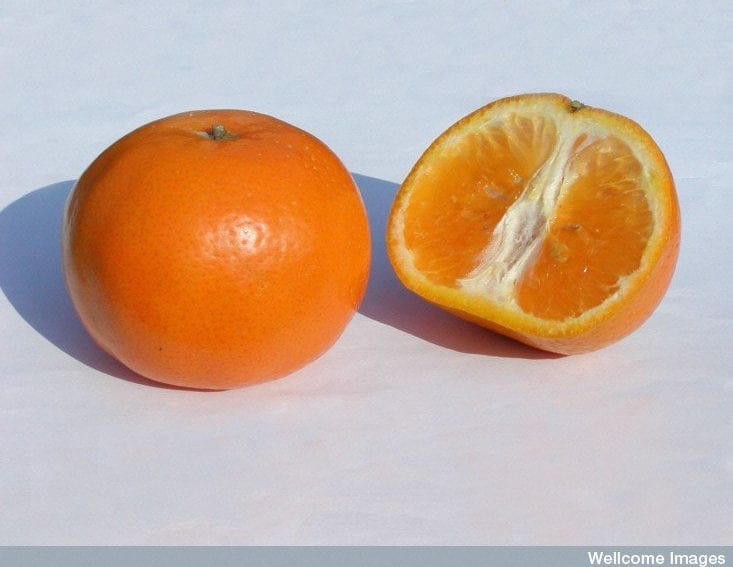By: Fabíola Ortiz
Send to a friend
The details you provide on this page will not be used to send unsolicited email, and will not be sold to a 3rd party. See privacy policy.
[SAO PAULO] Brazilian scientists have developed a way to use waste water from the orange juice industry to generate power, which could help reduce factory carbon emissions.
The technology, created by scientists at Sao Paulo State University, uses waste water produced by orange processing to make hydrogen. Hydrogen has a high energy density and produces no pollution, making it a good source of clean energy.
The research project, which was completed last month, was led by Sandra Maintinguer, a researcher at the university’s Center for Monitoring and Research of the Quality of Fuels, Biofuels, Crude Oil and Derivatives. The work, which was funded by the Sao Paulo Research Foundation (FAPESP), is ready to be piloted at local juice factories.
Maintinguer explains that using waste water from orange juice production would work best on a small scale, creating energy on the factory grounds without the need for transportation. The energy is meant to be fed right back into running the factory.
“We can combine the treatment of the industrial effluents with energy generation,” Maintinguer says. “We propose to install a reactor to capture hydrogen and generate electricity out of the waste water. This energy could be used as a sustainable solution to provide electricity to factories.”
Using laboratory tests, Maintinguer and her team found that waste water from juice production, which contains about 12 grams of sugar per litre, is better suited to hydrogen generation than the molasses obtained from refining sugar or vinasse (the residue left after distilling spirits), which contain up to 150 grams of sugar per litre and have also been trialled in clean energy production. Too much sugar prevents the growth of the bacteria that break down the sugar and generate hydrogen in the process, she explains.
According to Valeria Spiller, a bioenergy researcher at the University of Sao Paulo, producing hydrogen gas from waste water could be an option for other industries too, such as those making beer and fertiliser. She says Maintinguer’s work follows a global trend to improve local energy production in countries with suitable industries.
“Brazil has diversified agroindustrial activity, and its residue and effluents might be reused as raw materials to power generation,” Spiller tells SciDev.Net.
The technology is especially suited to many developing nations, because of the temperatures at which the hydrogen-producing bacteria prosper. Maintinguer says that Brazil’s warm environment is perfect for this, as the bacteria grow best at around 25 degrees Celsius.
But Spiller says that energy production from hydrogen in Brazil remains limited to academic institutions and scientific laboratories as it is economically uncompetitive. More public funding is needed to pay for the rolling-out of this technology to factories across the country, she says.
“The world is going through a transition of the energy matrix and hydrogen, without any doubt, is a good alternative,” Spiller says. “It is important that the public sector is aware and actively participates in this transition.”
FAPESP is one of SciDev.Net’s donors.














